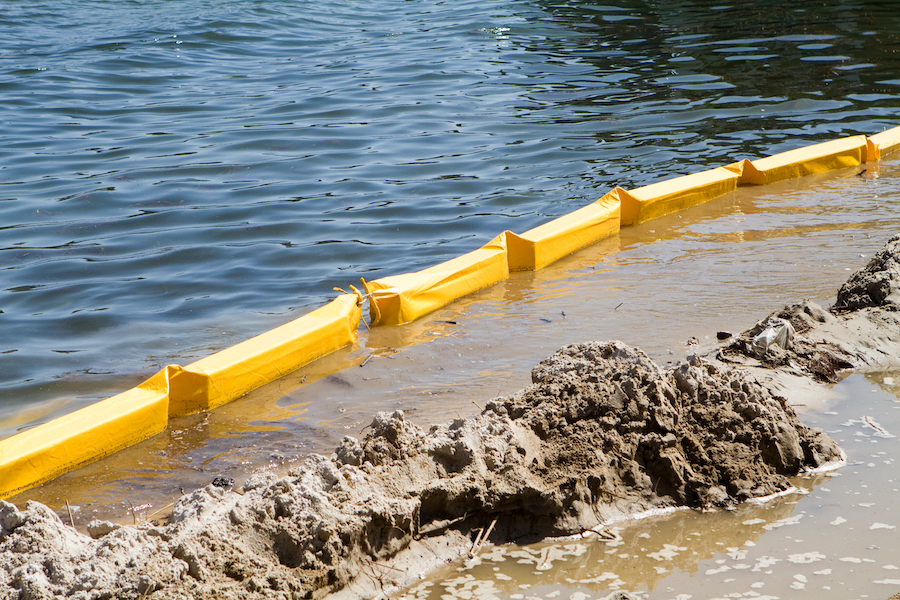Fascination About Shore Protect Team
Table of ContentsShore Protect Team Things To Know Before You BuyShore Protect Team Things To Know Before You Get This3 Simple Techniques For Shore Protect TeamThe 8-Minute Rule for Shore Protect TeamGet This Report about Shore Protect TeamThe Ultimate Guide To Shore Protect TeamGetting My Shore Protect Team To Work
Reduction in residential property value: As the location tourist is affected by disintegration, so after that is the economic climate. Buyers are less likely to search for a beach residence that can be damaged at any type of minute by the impending flooding and erosion emergency situation. In turn, building worth can drop profoundly and impact the whole area.Whether a beach is simply tiny and congested or has to close totally for the safety and security of the ecosystem and neighboring residential or commercial properties, this substantially influences tourist. Consequently, local economies are influenced (https://go.bubbl.us/ede7c3/5bde?/New-Mind-Map). Danger of injury: The enhanced danger of flooding and architectural failures creates an increased threat of injury to neighboring visitors and neighborhood members

Coastline stablizing is straight related to their work. Beachfront hotels: Due to the fact that shoreline disintegration effects tourism, it influences the success of beachfront hotels.
The Buzz on Shore Protect Team
Coastal business businesses: No vacationers means no business. Coastal state parks: State parks that exist along coastlines are at risk of damage.
Tough stablizing utilizes man-made structures as protection to control disintegration. Most kinds of tough stabilization like seawalls and sheet steel are not ideal for shoreline stablizing.
Excitement About Shore Protect Team
There's additionally inadequate proof of their performance depending upon the kind of coastline and neighborhood conditions. Hard stablizing techniques have a tendency to be harder to set up and don't match the natural aesthetic, protruding like an aching thumb and harming local communities in numerous circumstances. Coastline nutrition is the process of adding lost sand and sediment back to coastlines after disintegration has taken place.
TrapBags help in the procedure of beach sustenance by securing all-natural environments and allowing plants to expand. While this procedure can be pricey and is not permanent, the pros often tend to outweigh the cons. TrapBag obstacles offer several buildings that make them suitable for coastal and riverbank erosion security. They're: Environmentally friendly: You can make use of indigenous soil both to surround and to fill the TrapBags.

The smart Trick of Shore Protect Team That Nobody is Discussing
Easy to install: Ease of installment indicates TrapBags can be released quickly in the event of an emergency situation. They can additionally be set up without any type of hefty machinery. Cost effective: TrapBags are optimal for both small and big locations of coastline. They offer a budget-friendly solution to cover tasks of any type of size.
Integrated with a high building and construction cost, this has brought about raising usage of various other soft engineering seaside management options such as beach replenishment. Seawalls are created from various materials, the majority of commonly strengthened concrete, boulders, steel, or gabions. Other feasible building products consist of plastic, wood, light weight aluminum, fiberglass composite, and eco-friendly sandbags made of hemp and coir. The ideal seawall layout relies on location-specific facets, including surrounding disintegration processes. There are three main kinds of seawalls: upright, rounded, stepped, and piles (see table below).
All-natural obstacles, such as reef and mangrove forests, prevent the spread of tsunamis and the flow of coastal waters and reduced the flood and surge of water. A cost-benefit approach is an efficient means to identify whether a seawall is appropriate and whether the advantages deserve the expense.
Fascination About Shore Protect Team
A seawall is a fixed feature which can contravene the vibrant nature of the coastline and hinder the exchange of sediment between land and sea. The table listed below sums up some positive and negative impacts of seawalls which can be made use of when contrasting their performance with other coastal administration choices, such as coastline nourishment. [] Advantages and disadvantages of seawalls according to Short (1999) Benefits Negative aspects Long term solution in comparison to soft coastline nourishment.

This can cause beaches to dissipate, making them worthless for coastline goers. Normally, seawalls can be a successful method to regulate coastal disintegration, however just if they are built well and out of products that can endure the force of recurring wave energy. Some understanding is needed of the seaside processes and morphodynamics particular to the seawall place.
How Shore Protect Team can Save You Time, Stress, and Money.
The suitable seawall style relies upon location-specific elements, consisting of bordering disintegration processes. There are three main kinds of seawalls: upright, rounded, stepped, and piles (see table below). A record released by the United Nations Setting Program (UNEP) suggests that the tidal wave of 26 December 2004 triggered much less damages in the areas where natural barriers were existing, such as mangroves, coral reefs or coastal plants.
All-natural obstacles, such as reef and mangrove forests, prevent the spread of tidal waves and the circulation of seaside waters and mitigated the flooding and rise of water. A cost-benefit method is an effective way to figure out whether a seawall is ideal and whether the benefits are worth the cost.
Shore Protect Team Can Be Fun For Anyone
A seawall is a fixed attribute which can contrast with the vibrant nature of the coast and hinder the exchange of sediment in between land and sea. Advantages and drawbacks of seawalls according to Short (1999) Benefits Negative aspects Lengthy term remedy in contrast to soft beach sustenance.

This can trigger beaches to dissipate, rendering them worthless for coastline goers. Generally, seawalls can be a successful way to regulate seaside disintegration, yet only if they are built well and out of products that can hold up against the force of continuous wave power.